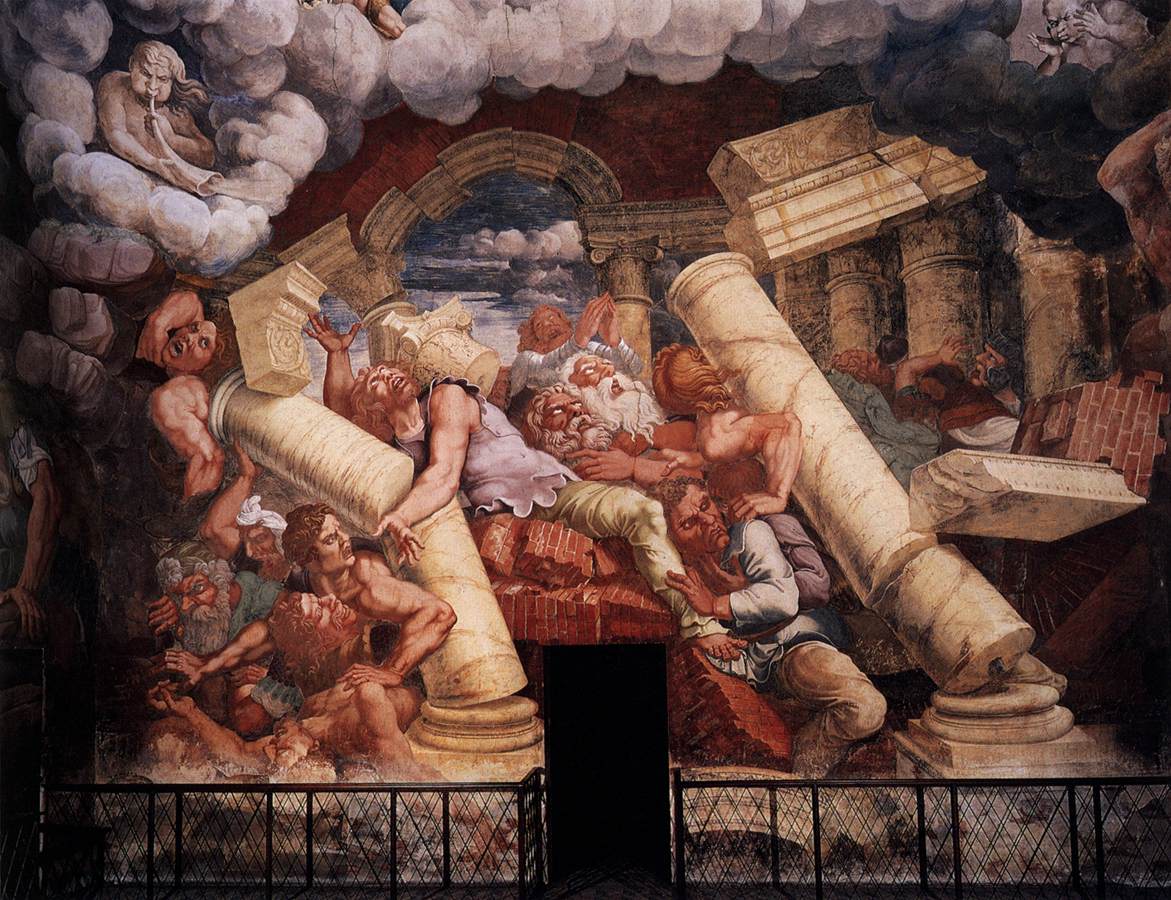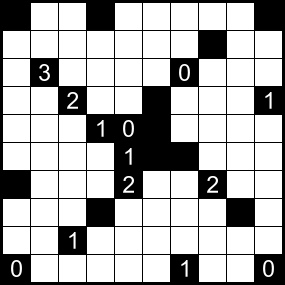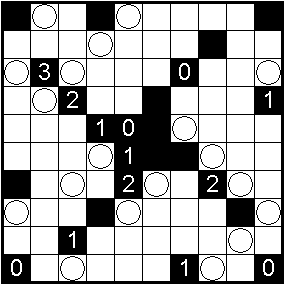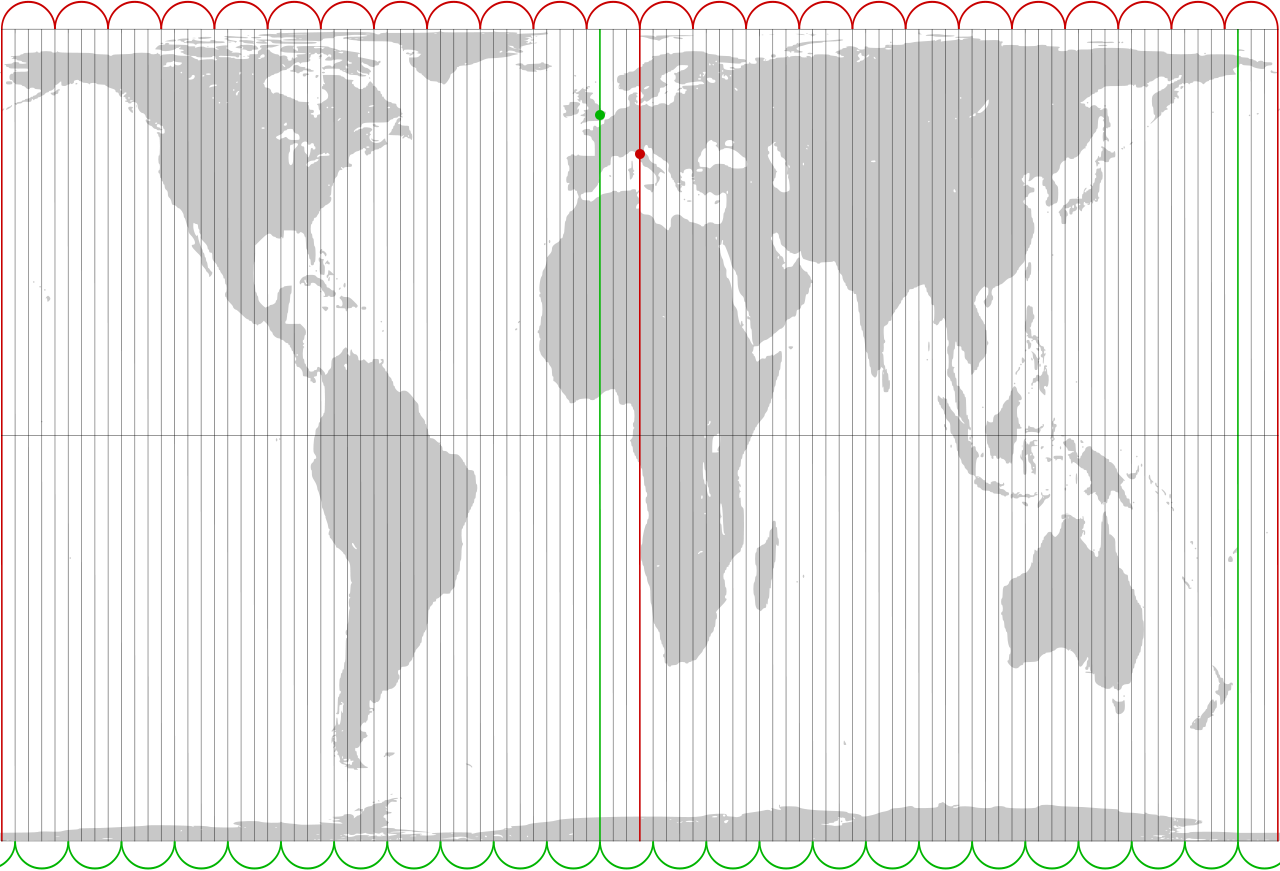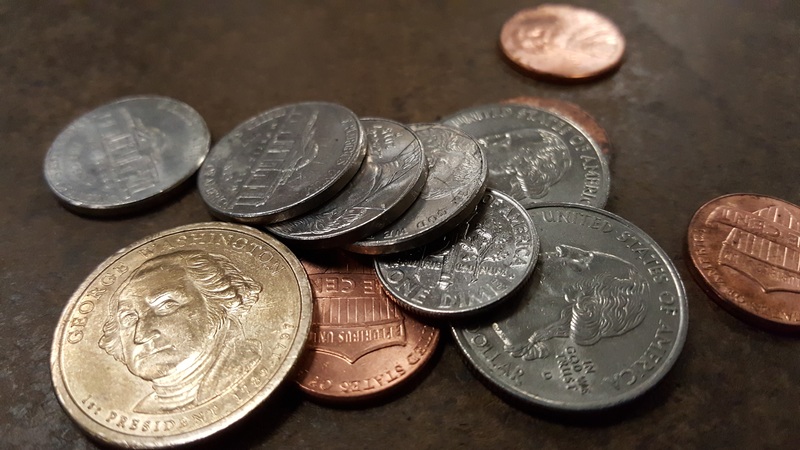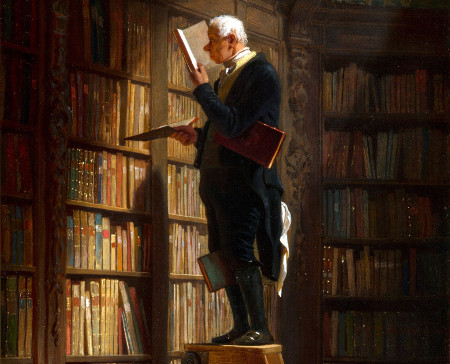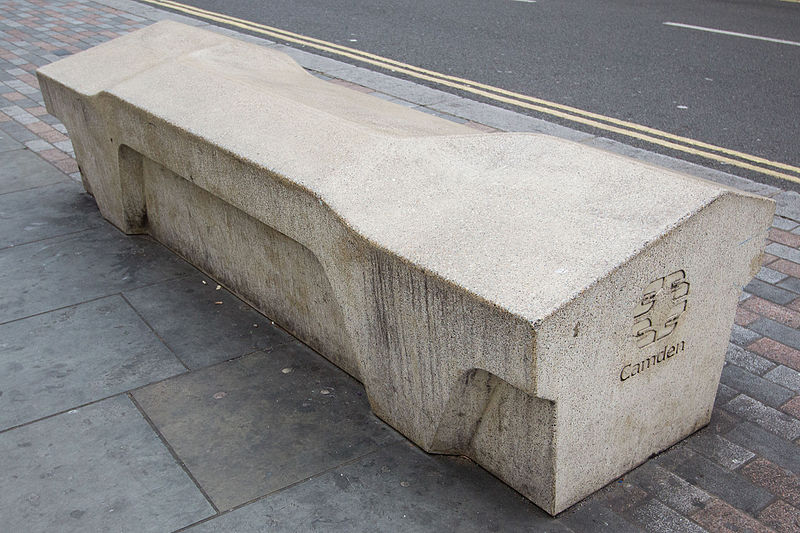
Painter Giulio Romano decorated the Palazzo del Te outside Mantua with a series of illusionistic spaces and special effects, culminating in a bewildering room in which giants that have rebelled against Zeus are crushed for their transgression — Giulio “paints the walls away,” leaving the viewer in a crumbling city into which Zeus flings lightning from the heavens. Poet Gregorio Comanini praised Giulio’s fantastic imagination:
In Mantua, in a room in the Palazzo del Te, Giulio Romano has painted giants struck by lightning at Flegra. They are crushed under the rubble of rock and mountain, in positions so strange and horrible that anyone who saw such a spectacle in reality would surely be horrified and feel great distress. None the less, since this is an imitation and a painting, anyone would welcome a chance to see it and would be highly pleased with it, as can be attested to by the frequency with which visitors flock to view it.
Giorgio Vasari wrote, “Let no one think ever to see any work of the brush more horrifying, or more realistic, than this.”

